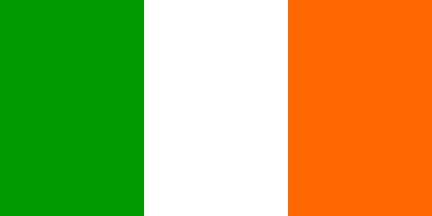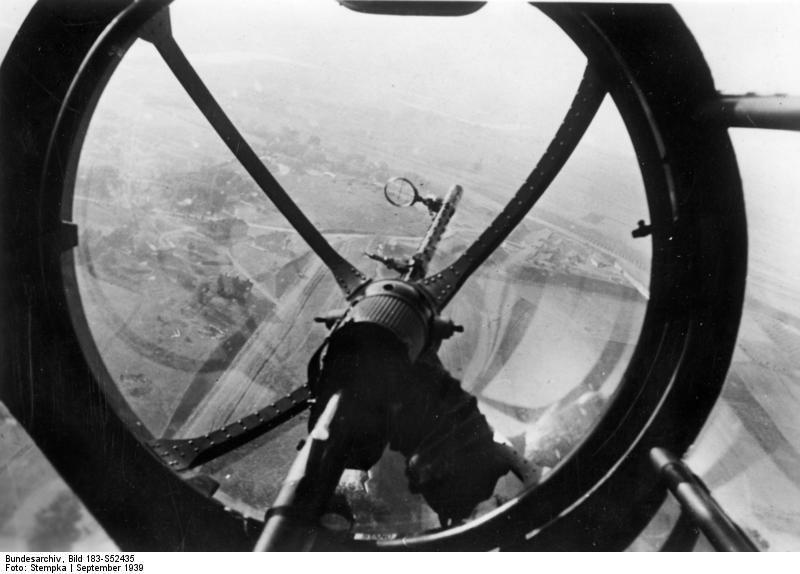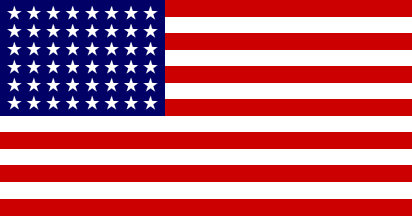The State Funeral
The Funeral March
The Funeral March
Istanbul was stunned into a poignant silence. There was no need for forced mourning, a practice so common in tyrannies of the past, present, and future. Children tore ribbons and bows from their heads; men and women alike wept and muttered prayers in the street before his photographs, now swathed in crêpe. His body was embalmed, his jaw and big toes tied together, and lowered into a mahogany casket lined with zinc. The casket, flanked by six torches to represent the six pillars of Kemalism, and guarded by four officers of the armed forces, was laid in state for three days and nights. The people of Istanbul queued up endlessly to enter Dolmabahçe palace's throne room, to reverently walk past him, bowing silently, whispering prayers, and softly saying 'Ata, ata'. For truly, all fifteen million Turks had been orphaned.
On the last night, they stayed out on the street until the morning. They thronged the pavements, children and some adults climbed into trees, they clambered into the minarets and on top of mosques to catch a final glimpse. After brief prayers, which his sister Makbule insisted upon, the coffin was laid upon a gun-carriage, pulled by horses, around which soldiers marched in slow procession to the Old Seraglio. Behind them, a solitary officer marched holding a cushion with but one medal: The Medal of Independence, the only decoration which Atatürk wore in public. The procession, made up of soldiers and foreign dignitaries, marched across the Galata Bridge to the unfamiliar Funeral March by Chopin. The coffin was conveyed to a torpedo boat at Seraglio point, and then hoisted onto the flagship of the Turkish Fleet, the TCG Yavuz. As it sailed out to Izmit, every ship horn in the Bosporus sounded. The Yavuz was escorted by many foreign warships, including the HMS Malaya, which escorted the last Ottoman Sultan into exile. She, along with the Japanese Fusō, the Italian Conte di Cavour, the French Dunkirk and the German Deutschland fired a salute and escorted her.

People lining up to see the funeral cortege pass
In the evening the Yavuz reached Izmit, and the coffin was placed in Atatürk's private saloon on the white presidential train, for burial in Ankara. The six torches surrounded it, the four officers held watch with drawn swords. As the darkened train steamed off into the night, his compartment alone poetically formed a rectangle of light that moved slowly across the infinate Anatolian landscape. The peasants crowded next to the tracks in their thousands to light their scant rations of petrol on fire next to the train's route, to illuminate his passing into the other world and to see the last of their father. They waved torches in salute, and as the train crossed these beacons of fire, it blazed its way into the independent state that without Atatürk, simply, would not be.
In Ankara, the state funeral was held on November 21th. Here, delegates from many foreign countries were received to pay their respects to the President. Notably present were Reza Shah of Iran, President Collins of Ireland, President Rasulzade of Azerbaijan, President von Lettow-Vorbeck of Germany, Prime Minister King of Canada, and The Prince Takamatsu from Japan, as well as foreign ministers from a number of countries. Domestically, all members of the cabinet, the Grand National Assembly, all provincial governors, and leaders of all religious communities were present. Ceremonially, a march past was organised, as the last parade Atatürk would oversee. In a show of good relations with Turkey, a number of countries sent troops. British, Iranian, Japanese, and Yugoslav troops, among others, saluted the flag-draped coffin.

Iranian troops march past
Afterwards, the coffin was brought to the Turkish Museum of Ethnography and placed in a white sarcophagus as a temporary resting place. Now, with all ceremonies over, the physical Atatürk was finally history. But the spirit of Atatürk would live as long as Turkey would.


























